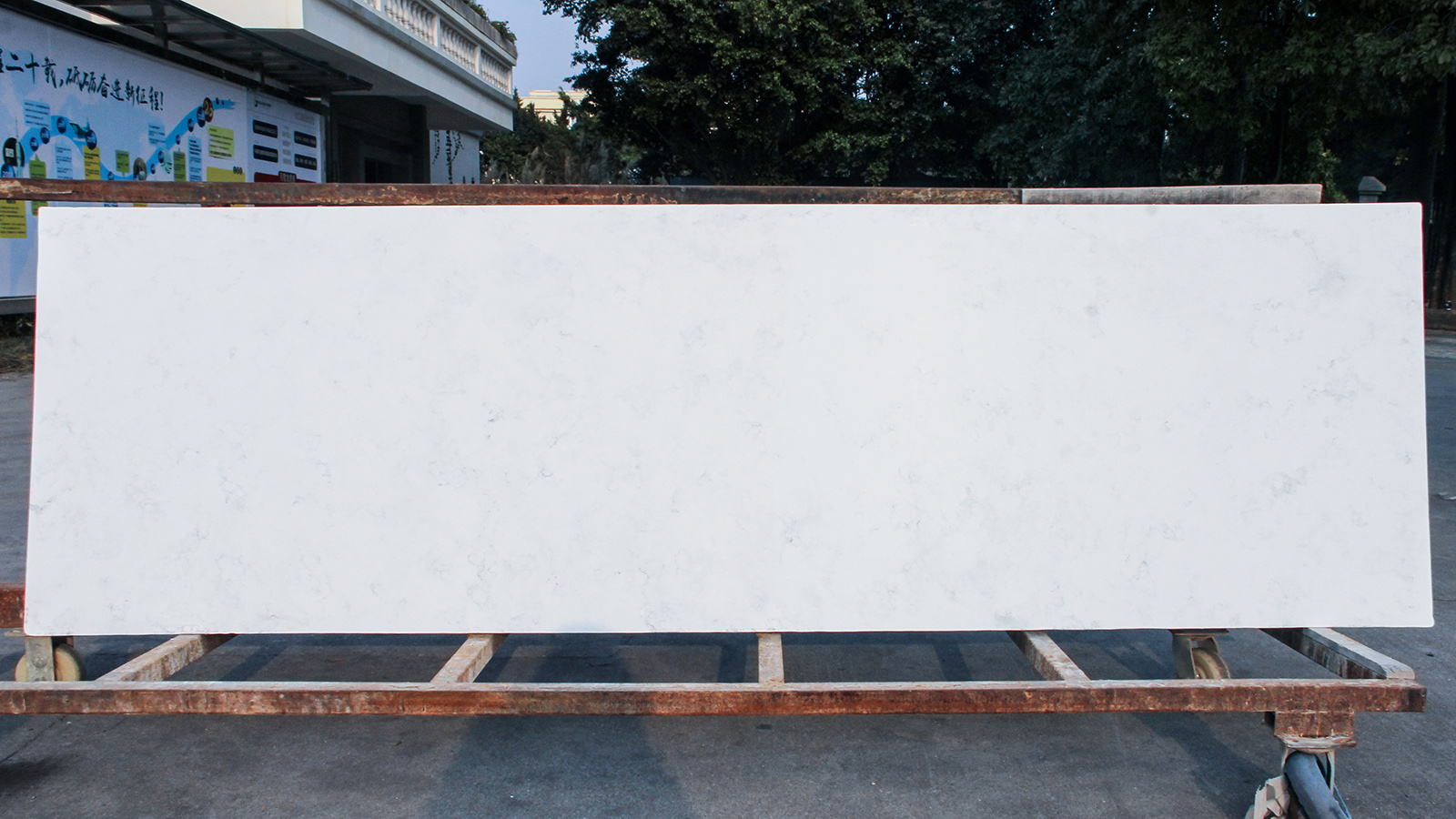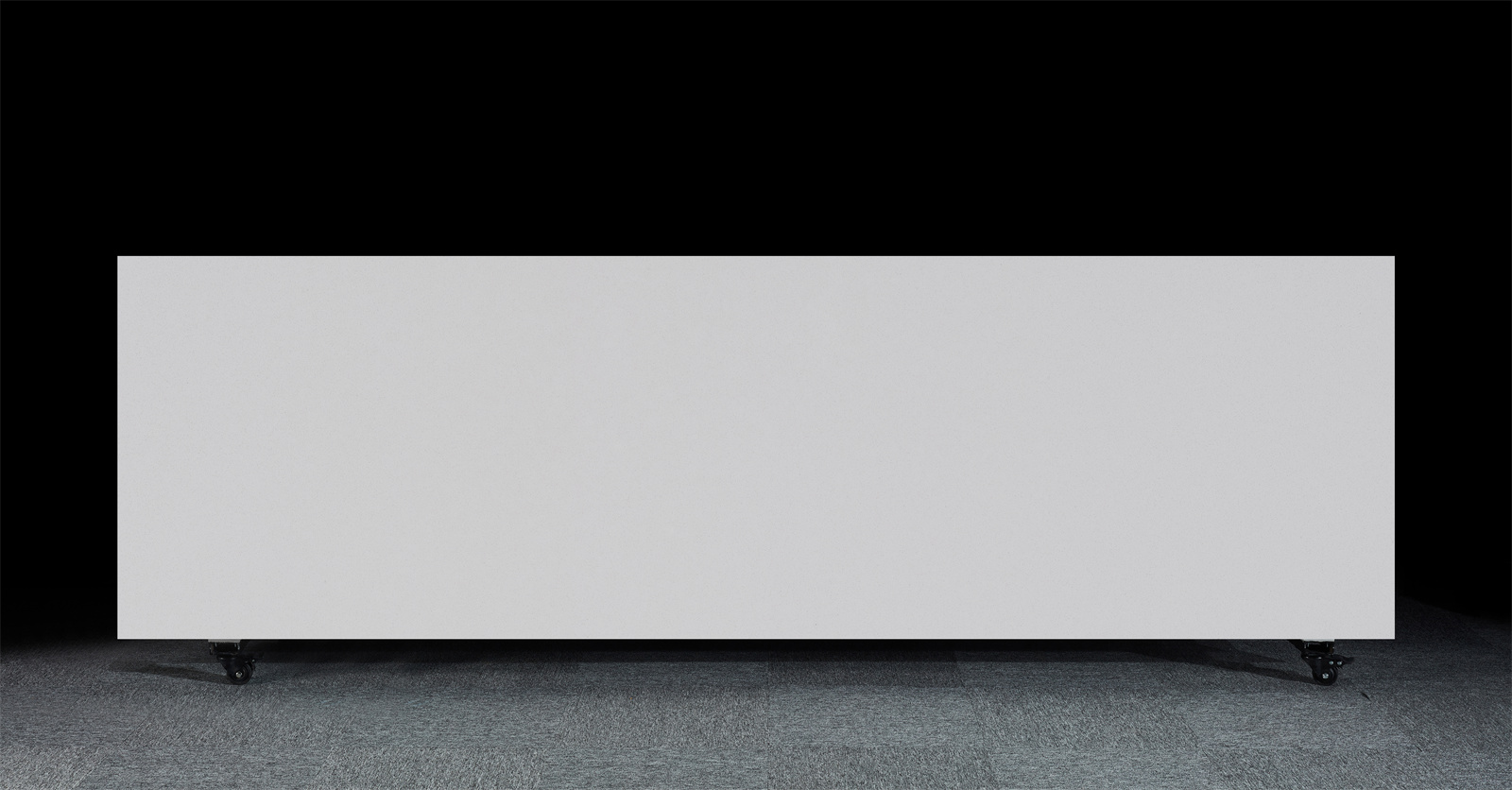Solid surface countertops have become a popular choice in modern homes, offering a blend of aesthetics and practicality. However, they often compete with natural stone and quartz, both renowned for their durability and luxurious appeal. To make an informed decision, it’s crucial to weigh the advantages and disadvantages of solid surface materials against these other options.
In this article, we’ll get to the key benefits and drawbacks of solid surface countertops and how they stack up against natural stone and quartz.
Solid surface countertops offer several compelling benefits that make them a strong contender in the world of kitchen and bathroom design.
● Seamless Appearance: One of the standout features of solid surface materials is their seamless appearance. Unlike natural stone or quartz, which often show visible seams, solid surfaces can be fabricated to create a continuous, unbroken look. This feature is especially advantageous for large countertops or surfaces that require a clean, minimalist aesthetic.
● Customizability: Solid surface materials are highly versatile in terms of design. They can be molded into various shapes, allowing for integrated sinks, backsplashes, and other unique features. This level of customizability is difficult to achieve with natural stone or quartz, giving solid surfaces an edge in creating bespoke designs.
● Easy Maintenance: Unlike natural stone, which requires periodic sealing, or quartz, which can be prone to staining, solid surface countertops are non-porous. This makes them resistant to stains and bacteria, ensuring easy maintenance with simple soap and water.
● Wide Range of Colors and Patterns: Solid surfaces come in a vast array of colors and patterns, offering endless possibilities for matching any design scheme. Whether you’re aiming for a modern, sleek look or something more traditional, there’s a solid surface material that can fit your vision.
● Repairability: Another advantage of solid surface materials is their repairability. Scratches, chips, and other minor damages can often be buffed out or filled, making the surface look as good as new. This contrasts with natural stone, where damage can be more challenging and costly to repair.

While solid surface materials offer many advantages, they also come with certain drawbacks that might influence your decision.
● Lower Heat Resistance: Solid surface countertops are not as heat-resistant as natural stone or quartz. Placing hot pots or pans directly on the surface can cause damage, such as discoloration or warping. This can be a significant concern for those who frequently cook or entertain.
● Susceptibility to Scratches: Despite their durability, solid surface materials can be prone to scratching, especially if used as a cutting surface. While these scratches can often be repaired, they may require effort and may not be as durable as the surface was initially.
● Limited Durability Compared to Natural Stone: While solid surfaces are durable, they don’t match the longevity of natural stone or quartz. Over time, they may show signs of wear and tear, requiring more frequent maintenance or replacement.
● Potential for Fading: Exposure to direct sunlight can cause some solid surface materials to fade over time, particularly darker colors. This can be a concern for areas with significant natural light, where the countertop’s appearance might change.
● Cost Considerations: Although generally less expensive than natural stone, high-quality solid surface materials can still be pricey. When factoring in the potential for repairs and replacements, the long-term cost might be higher than expected.
When comparing solid surface materials to natural stone, several key differences stand out.
● Aesthetic Appeal: Natural stone, such as granite or marble, is often valued for its unique, one-of-a-kind patterns and rich, natural beauty. Solid surface materials, while available in a wide range of colors and patterns, cannot replicate the depth and variation found in natural stone. For those seeking a truly unique look, natural stone might be the preferred choice.
● Durability: Natural stone is incredibly durable and heat-resistant, making it ideal for kitchen countertops. Solid surface materials, on the other hand, are more susceptible to heat damage and scratches. While solid surfaces can be repaired, natural stone’s inherent strength often means fewer repairs are needed over its lifespan.
● Maintenance Requirements: Natural stone requires regular sealing to prevent stains and maintain its appearance. Solid surface materials, being non-porous, require less maintenance and are easier to keep clean. However, the need for periodic sealing might be a worthwhile trade-off for those who prioritize the unmatched beauty of natural stone.
● Cost: Natural stone tends to be more expensive than solid surface materials, both in terms of initial installation and long-term maintenance. However, for those who prioritize luxury and durability, the investment in natural stone may be justified.
Quartz countertops are another popular alternative to solid surface materials, each with its own set of pros and cons.
● Appearance: Quartz, like solid surfaces, is engineered and available in a wide range of colors and patterns. However, quartz offers a more natural stone-like appearance due to its inclusion of natural quartz crystals. Solid surface materials, while customizable, may not achieve the same level of depth and natural beauty as quartz.
● Durability: Quartz is known for its durability and is more resistant to heat, scratches, and stains than solid surface materials. While solid surfaces are still durable, they may not offer the same level of resilience in high-traffic or high-use areas.
● Maintenance: Both quartz and solid surface materials are non-porous, making them easy to clean and resistant to bacteria. However, quartz may require slightly more care to avoid chipping or cracking, especially along the edges.
● Cost: Quartz countertops are typically more expensive than solid surfaces, but the added durability and natural stone appearance might justify the higher price for many homeowners.

The environmental impact of countertop materials is an increasingly important consideration for many homeowners.
● Sustainability: Solid surface materials are often made from a combination of natural minerals and acrylic resins, which are less sustainable than natural stone. However, many manufacturers are now offering recycled options, which can reduce the environmental footprint.
● Manufacturing Process: The production of solid surface materials involves significant energy consumption and the use of synthetic chemicals. In contrast, natural stone is quarried from the earth, which, while impacting the landscape, involves fewer synthetic processes.
● Longevity and Waste: Natural stone and quartz are more durable and long-lasting, which can reduce waste over time. Solid surface materials, while repairable, may need to be replaced more frequently, leading to more waste.
● Recyclability: Natural stone can often be repurposed or recycled at the end of its life, whereas solid surface materials may be more challenging to recycle due to their synthetic components. However, the growing availability of recycled solid surface materials is a positive trend in the industry.
Choosing between solid surface materials, natural stone, and quartz depends on your priorities—be it aesthetics, durability, maintenance, or environmental impact. Solid surfaces offer seamless beauty, customizability, and ease of maintenance, making them a practical choice for many. However, the natural beauty and durability of stone or quartz may make them more appealing for those seeking a long-lasting, luxurious countertop.
By weighing the advantages and disadvantages of each material, you can make an informed decision that best suits your needs and lifestyle. Whether you choose the easy maintenance of solid surfaces, the timeless beauty of natural stone, or the resilience of quartz, your choice will reflect your unique style and practical considerations.